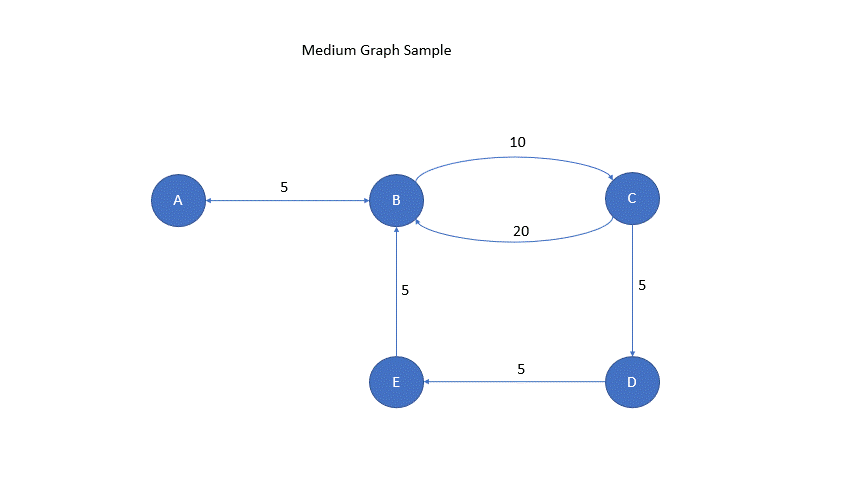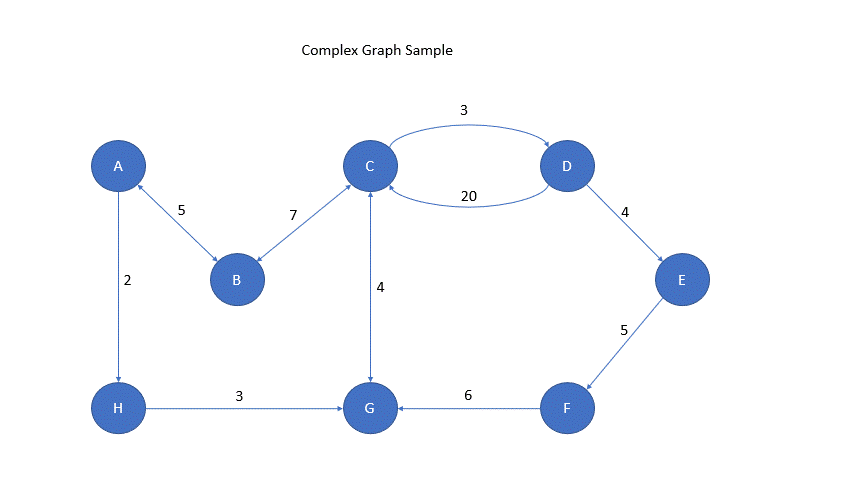Algorithms
Graph pathfinding algorithms.
View the Project on GitHub rabestro/graph-pathfinding-algorithms
Graph search algorithms
The project implements an interface for the weighted graph, as well as two algorithms for finding a path in the graph.
There are implementations and tests for two algorithms:
The implementation is written in Java 17. API documentation is available. You can also see the specifications generated with the spock-reports.
Demo. Graph Shell
To demonstrate the work of search algorithms, I made a small console program ‘Graph Shell’. The program
allows you to select one of three build-in graph samples and search for a path using two algorithms. The source
code of the program is located in graph-shell module.
Usage in other projects
These algorithms used in the Hypermetro project, where they are utilized to find the optimal route in the metro schema.
How to use the algorithms in your program
The first step is to create a graph structure. The Graph interface is generic, so you can use any Java type for vertex and any Number type for distance.
Example
In the following Java code we create a graph structure with eight nodes. We use Character class for vertex identification and Integer for the distance. You can see the graphic representation of the scheme here.
var graph = Graph.of(Map.of(
'A', Map.of('B', 5, 'H', 2),
'B', Map.of('A', 5, 'C', 7),
'C', Map.of('B', 7, 'D', 3, 'G', 4),
'D', Map.of('C', 20, 'E', 4),
'E', Map.of('F', 5),
'F', Map.of('G', 6),
'G', Map.of('C', 4),
'H', Map.of('G', 3)
));
The second step is creating a search algorithm class. You can choose one of the two algorithms.
Example
var fastest = new DijkstrasAlgorithm<Character>();
var shortest = new BreadthFirstSearch<Character>();
Now we can search for the route.
Example
var source = 'D';
var target = 'C';
var routeOne = shortest.findPath(graph, source, target);
var routeTwo = fastest.findPath(graph, source, target);
As result, you get a list with the path.
routeOne==['D','C']
routeTwo==['D','E','F','G','C']
Unit Tests
Tests are written in Groove language. For unit testing, the Spock Framework was used. To test the operation of the algorithms, the following sample graphs were created.
Graph Samples
Small Graph Sample
flowchart LR
A((A))
B((B))
C((C))
A -->|7| B
A -->|2| C
B -->|3| A
B -->|5| C
C -->|1| A
C -->|3| B

Medium Graph Sample
flowchart LR
A --> |5 | B
B --> |5 | A
B --> |10| C
C --> |5 | D
C --> |20| B
D --> |5 | E
E --> |5 | B

Complex Graph Sample
flowchart LR
A --> |5 | B
A --> |2 | H
B --> |5 | A
B --> |7 | C
C --> |7 | B
C --> |3 | D
C --> |4 | G
D --> |20| C
D --> |4 | E
E --> |5 | F
G --> |4 | C
H --> |3 | G
